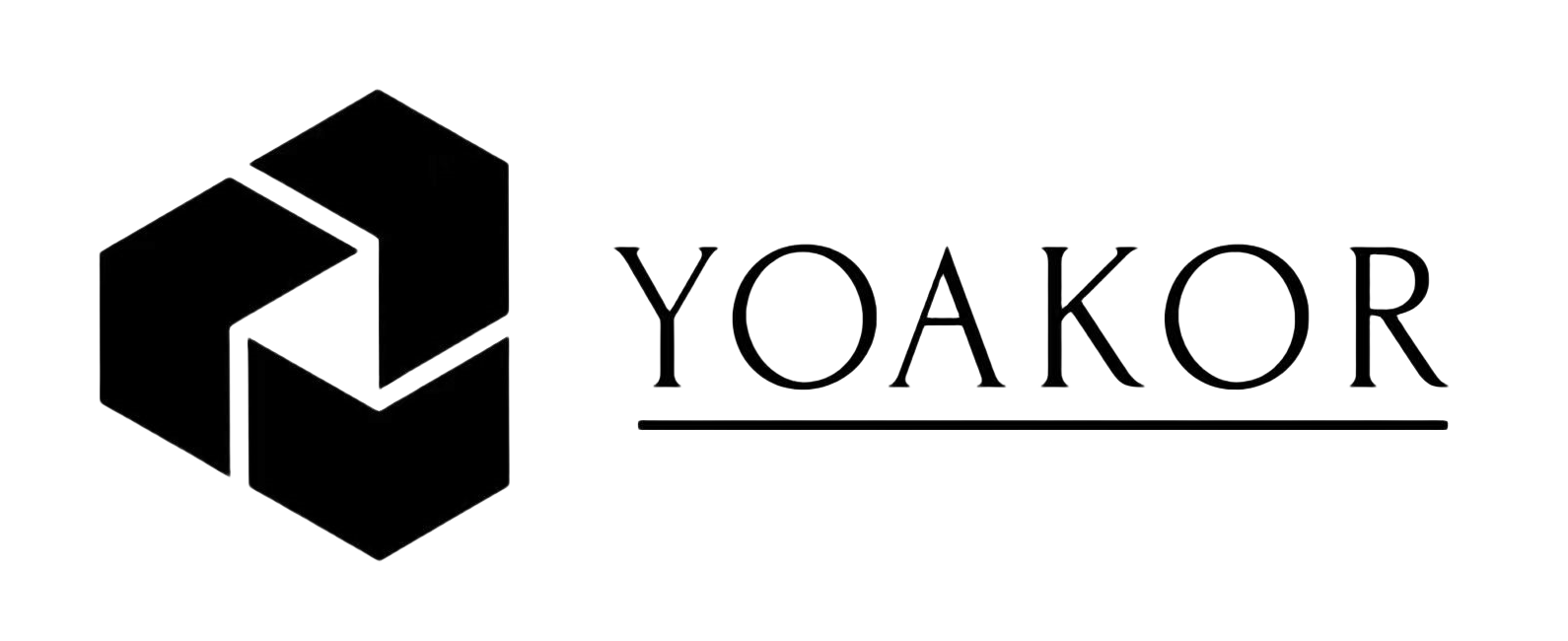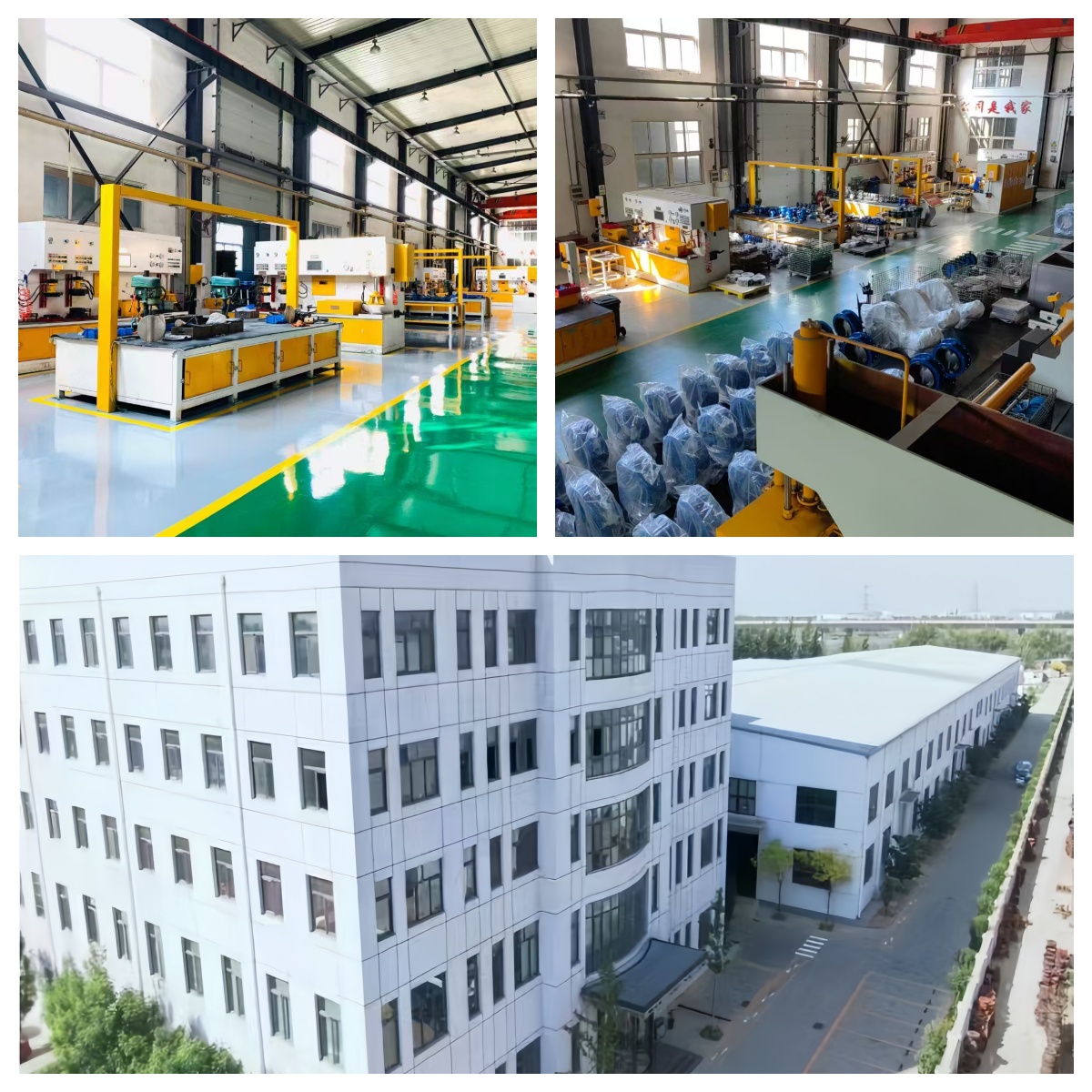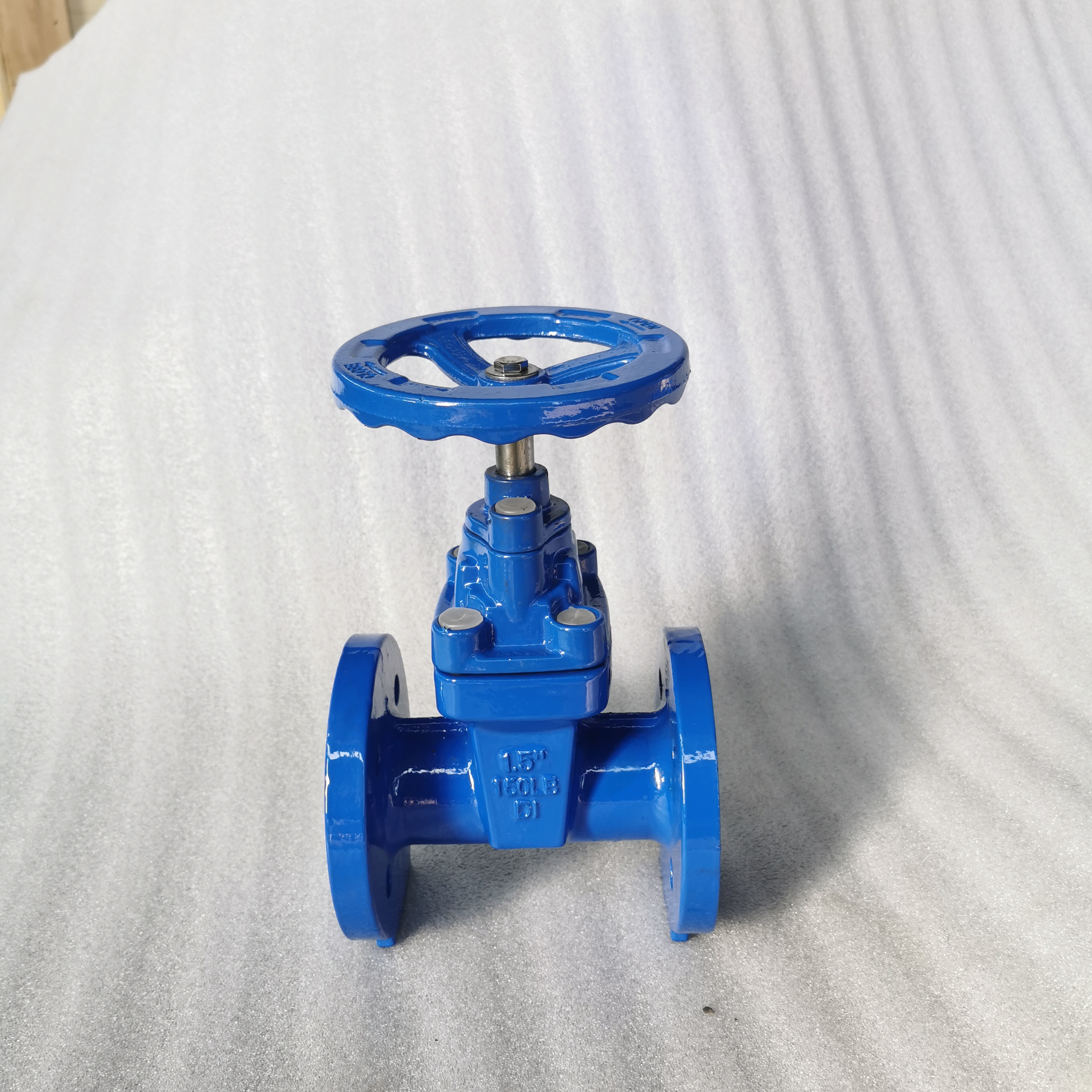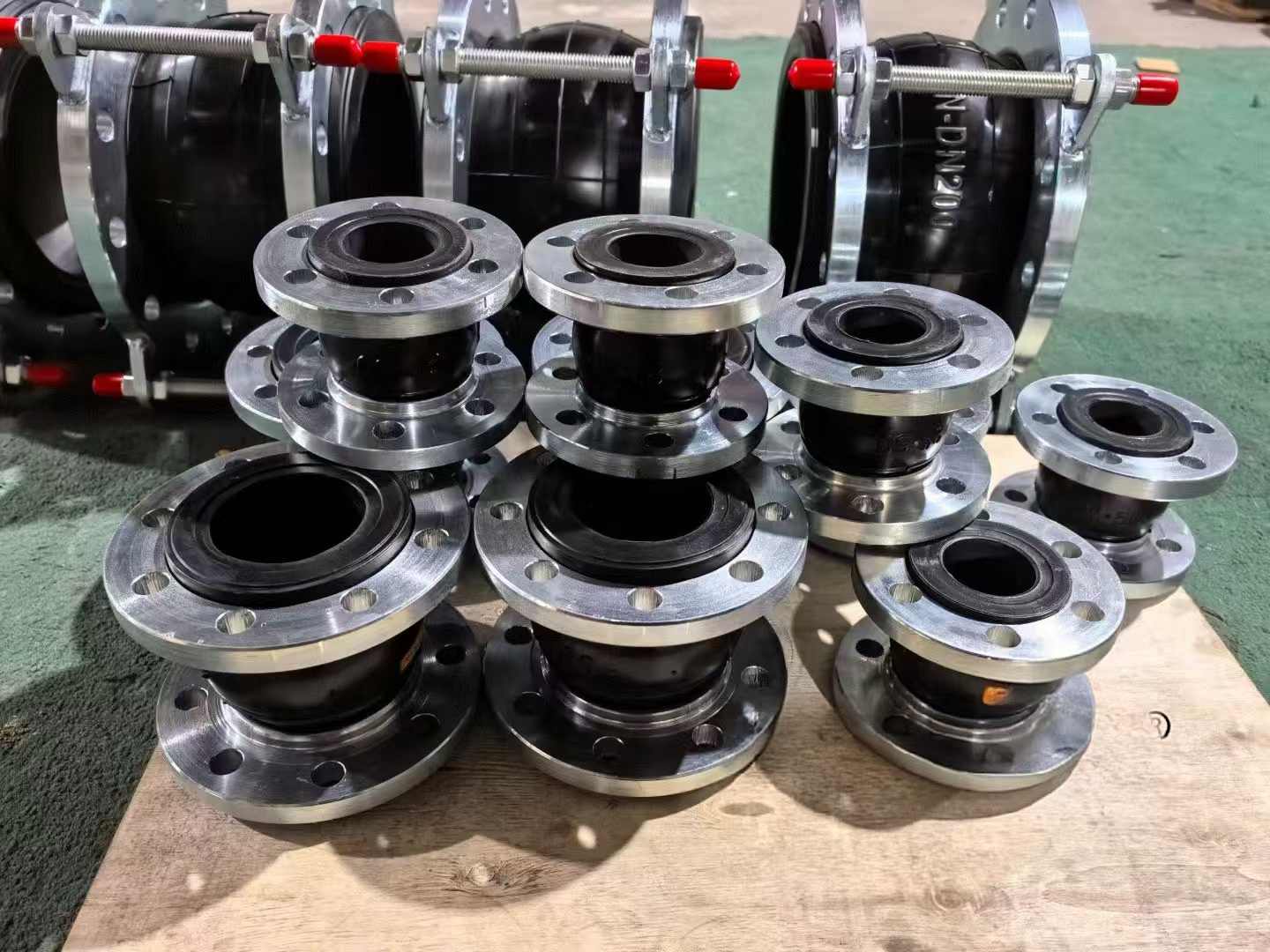The municipal and water treatment industries are characterized by large-diameter pipelines, the presence of solid particles, and the need for anti-clogging, corrosion resistance, and low flow resistance. Valve selection focuses on sealing, durability, backflow prevention, and ease of maintenance.
I. Industry Characteristics and Valve Requirements
1. Large-diameter pipelines (DN>500)
Gate valves and butterfly valves are recommended, as they are compact and offer sufficient flow control capacity. Gate valves:
When fully open, they offer low flow resistance and are suitable for pipelines larger than DN50, but their sealing surfaces are susceptible to wear.
Butterfly valves are compact and open and close quickly, making them suitable for pipelines larger than DN200, but their adjustment accuracy is limited.
2. Processes containing solid particles or suspended matter:
Knife gate valves and eccentric hemispherical valves are recommended, with wear-resistant sealing surfaces made of carbide (such as tungsten carbide). Ball valves: V-shaped cores can shear particles and are suitable for media containing fibers.
3. Backflow Prevention and Sealing
A swing check valve should be installed before the pump, in series with the closed-circuit valve to prevent backflow contamination. Check Valves: Prefer lift type (for better sealing) or swing type (for low flow resistance), and the material should be corrosion-resistant.
4. Corrosion Resistance and Low Flow Resistance
For wastewater treatment, use fluorine-lined globe valves and diaphragm valves to isolate corrosive media.
Ball Valves: Full-bore designs offer near-zero flow resistance and are suitable for clean media (such as drinking water).
5. Intelligent Control and Maintenance
Large-diameter butterfly valves equipped with electric actuators support remote monitoring and automated control. Exhaust Valves: Regularly check for tightness to prevent water accumulation in the pipe network and contamination.
II. Typical Valve Characteristics and Application Scenarios. Valve Type Core Characteristics. Applications
Gate valves offer low flow resistance and good sealing, but are complex and difficult to maintain. They are used for full open/close control of pipelines larger than DN50.
Butterfly valves are compact and fast to open and close, making them suitable for large diameters; however, their regulating performance is limited. Sewage treatment plants and stormwater drainage systems.
Ball valves offer the lowest flow resistance, reliable sealing, and particle resistance; however, their regulating performance is poor. Applications include media containing suspended matter and rapid opening and closing.
Check valves prevent backflow and require high sealing requirements, requiring compatibility with the media characteristics of pump outlets and pipe network nodes.
Diaphragm valves isolate the medium from the valve stem and are corrosion-resistant. They are not suitable for chemical water treatment containing solid particles or for food-grade clean fluids.
III. Selection Considerations
Material Compatibility: For corrosive media (e.g., sewage): Stainless steel (304/316L) or fluoroplastic (PTFE) seals are preferred.
For high-temperature applications (e.g., steam pipelines): Gate valves made of chrome-molybdenum steel (WC6, WC9) are preferred.
Safety and Compliance: Backflow prevention design must comply with local standards (e.g., GB/T 2001). 12235), check valves and gate valves are used in series.
Valves in the food industry must comply with FDA hygiene standards to prevent contamination of the media.
For economic optimization, butterfly valves are preferred for large-diameter pipes (DN>500), while globe valves are preferred for small-diameter pipes (DN<50) to balance costs.








